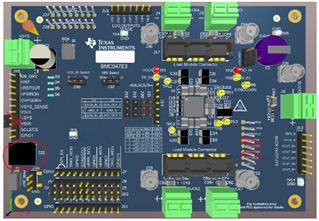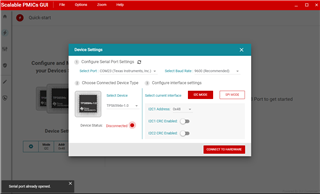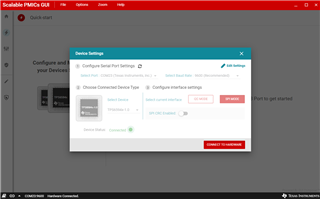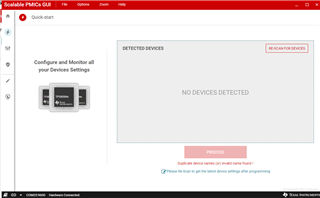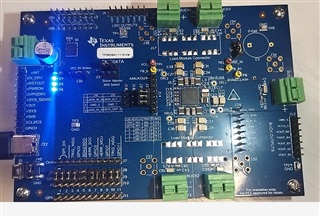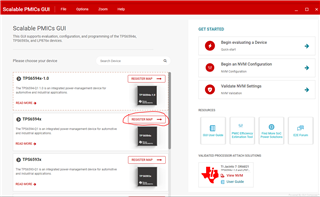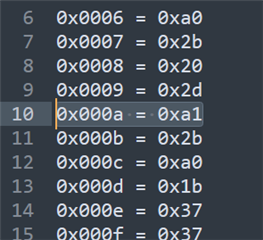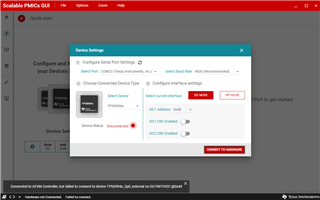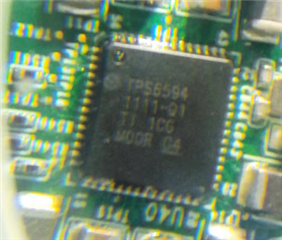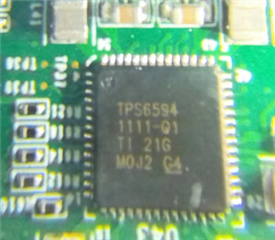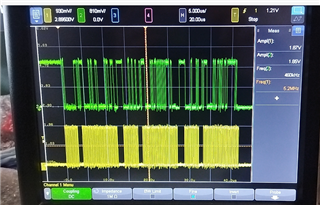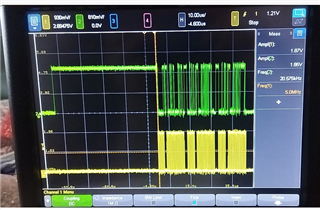Other Parts Discussed in Thread: TPS6594EVM, , TDA4VM
Hi TI Expert:
because of the COVID-19 , it will took a long time to get the TPS65941213RWERQ1 samples.
For I have compared the register configuration of NVM of tps69541212, tps69541213 and tps69541111. There is a detailed configuration in this post.
I found that the NVM configuration lists of tps69541213 and tps69541111 are identical, only some NVM register value are different.
So can I use attached NVM files to reProgram the TPS69541111 or TPS6954-Q1 to obtain TPS65941213RWERQ1 ?
If this method is feasible, what should we do next?



